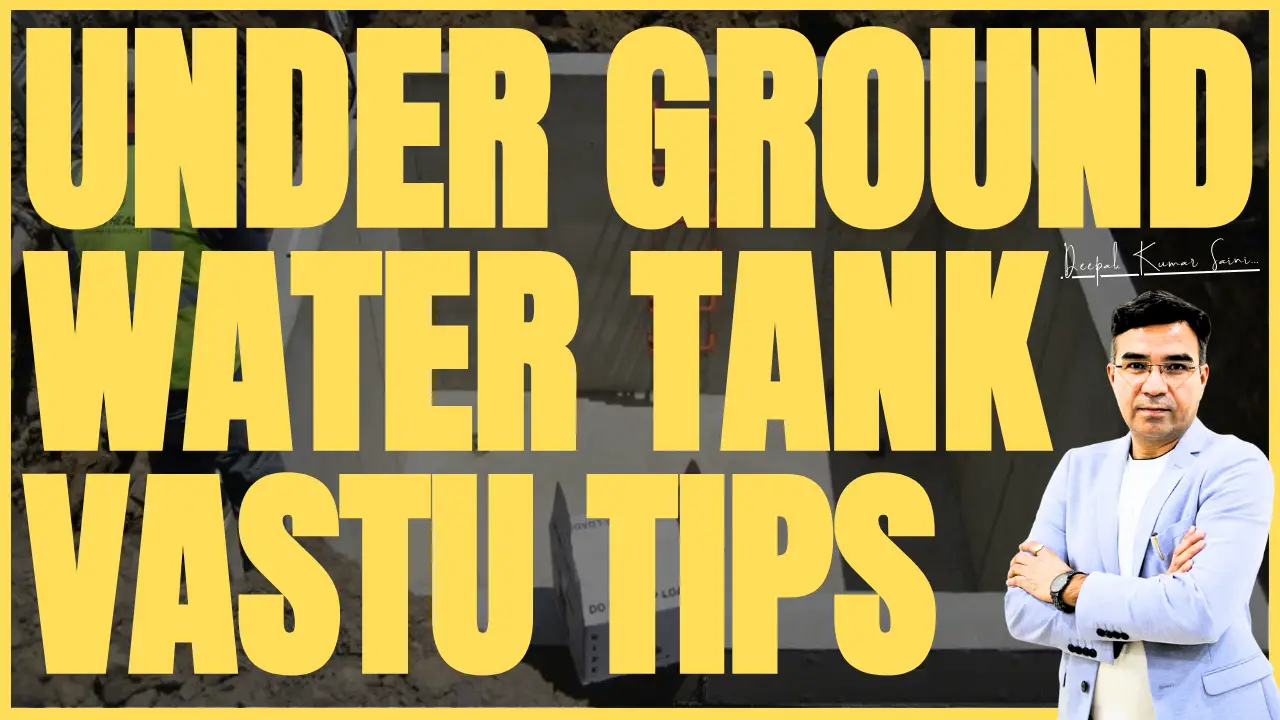Introduction

What is a Septic TankA septic tank is a vital segment of a sewage system generally utilized in areas without centralized sewer systems, such as rural regions or individual properties.
A septic tank is a chamber of concrete, fibreglass or plastic containing underground and treating sewage from a building.
Why is the Septic Tank Essential?

Septic Tanks are crucial for handling wastewater in areas where centralized sewer systems are not viable or available. Moreover, septic tanks treat household wastewater by letting solids settle at the base and permitting bacteria to break down organic concerns. In addition, correctly working septic tank procedures control untreated sewage from degrading groundwater, surface water and soil.
Helpful sewage treatment is essential for controlling the spread of waterborne illnesses and saving human health. Similarly, Establishing separate septic systems is often more cost-effective than creating vast sewer infrastructure where centralized sewer systems are inaccessible.
In conclusion, with proper maintenance, septic tanks can be inaugurated in different geographies and ground conditions or made suitable for rural and urban locations, and this can ensure the septic tank’s longevity for decades.
How To Make a Septic Tank?

A septic tank requires detailed planning and dedication to regional rules and construction principles. Similarly, due to septic tanks’ complexity and importance, septic tanks typically require professional installation.
Start by designing the septic system based on building dimensions, ground conditions, groundwater levels, and regional laws. In addition, obtain the required permits and permissions from local authorities. In conclusion, excavate a spot for the septic tank according to the consented layout and specifications.
Using heavy machinery or tools, place the septic tank into the excavated spot and attach the inlet pipe from the building’s plumbing system to the septic tank’s inlet slot. Moreover, carefully backfill near the sides and top of the septic tank with soil, confirming that it is nicely consolidated to contain sinking or shifting.
Install ventilation pipes and entrance ports to ensure suitable airflow and allow for future septic tank checks, maintenance, and pumping. Once the structure is complete, a last assessment will be organized with regional authorities to ensure compliance with construction principles and rules.
Revive the surrounding neighbourhood with landscaping materials such as grass, stone or greenery to contain erosion and hold the property’s aesthetics. In conclusion, routine supervision is essential for the septic tank system to work adequately.
Note: Making a septic tank requires technical knowledge; mastery and DIY installation are not recommended.
How Does Septic Tank Work?

A septic tank is a prior treatment method for premises wastewater. Household wastewater from washrooms, sinks, showers, and other plumbing fixtures streams via underground pipes into the tank, where it undergoes a process of separation.
Inside the septic tank, inherently occurring bacteria and enzymes begin shattering down the organic consequence present in the sludge and scum layers. As the wastewater proceeds through the tank, the refined liquid part, understood as effluent, climbs above the sludge layer to the top of the tank. Moreover, the effluent leaves the septic tank via an opening pipe, usually around the top.
The effluent is circulated evenly in the gutter via the perforated pipes and gradually percolates through the surrounding soil. In addition, microorganisms present in the soil, the remaining organic value, and pathogens in the effluent are feasted on as they move through the ground layers.
Treated effluent ultimately re-enters the groundwater system or is absorbed into the soil without harming the environment. Over time, the solid waste gathers at the base of the septic tank as sludge. In conclusion, septic tank and gutter maintenance are vital to secure correct functioning and control problems such as clogging, smells or groundwater contamination.
Septic Tank Right Directions As Per Vastu

According to the Vastu Shastra rules, the right directions for making a Septic Tank in any premises are West-North-West (WNW), North-West (NW), South-South-West (SSW) and East-South-East (ESE).
Septic Tank Wrong Directions As Per Vastu
How Septic Tank Works

According to the Vastu Shastra principles, the wrong directions for making a Septic Tank in any Premises are North (N), North-North-East (NNE), North-East (NE), East-North-East (ENE), East (E), South-East (SE), South-South-East (SSE), South (S), South-West (SW), West-South-West (WSW), West (W) and North-North-West (NNW).
Positive Impacts of Right-Oriented Directions Septic Tank

As per Vastu, the detoxification direction is West-North-West, so a septic tank in the WNW can detoxify the waste from your premises.
According to the Vastu, the wastage direction is South-South-West, so a septic tank in the SSW is the perfect direction for the wastage of the septic tank.
According to Vastu rules, making a Septic Tank in the North-West and East-South-East directions is auspicious because these directions are also suitable.
Negative Impacts of Wrongly Oriented Directions Septic Tank

According to the Vastu Shastra and Science Rules, if you make a Septic Tank in the wrong direction, such as:
Making a Septic Tank in the North (N) to East (E) directions can cause severe health-related issues and increase the negative energies on your premises.
Placing a Septic Tank in the South-East (SE) to South (S) directions can increase the chances of accidents and cause a financial crunch on your life and premises.
Creating a Septic Tank in the South-West (SW) to West (W) directions can harm and disturb your relationships, skills and output.
Septic Tank Solutions As Per Vastu

As per the Vastu guidelines, the best solution is to fill the septic tank with soil and permanently close it on your premises. However, permanently closing the Septic Tank is not possible. In that case, you should do these solutions.
First of all, before applying any solutions related to the Septic Tank on your premises, consult with a Vastu Expert and Consultant.
Consulting with the Vastu Expert can help you to analyze and cure more vastu defects on your premises.
As per Vastu, if a septic tank is from the North-North-West to the East, place small plants near or on top of the septic tank on your premises.
According to the Vastu, if a septic tank is from the South-East to the South, place plants near or on top of the septic tank on your premises.
As per Vastu rules, if a septic tank is from the southwest to the West, apply Yellow Colour paint near or on the top of the septic tank in your household.
Conclusion
In conclusion, combining Vastu codes into the placement and structure of your septic tank can contribute to balance, well-being and prosperity within your living space.
Whether you intend to install a new septic tank or pursue treatments for a current one, these Vastu tips show helpful insights to optimize your property’s functionality and significance dynamics.
With a wary technique for septic tank placement recommended by your Vastu Consultant, Deepak Kumar Saini, you can create pleasant surroundings that promote stability and positivity.
Watch our video on our YouTube channel for more in-depth guidance on Septic Tank Vastu Tips.















